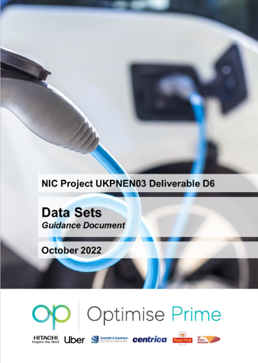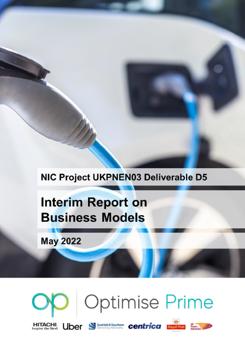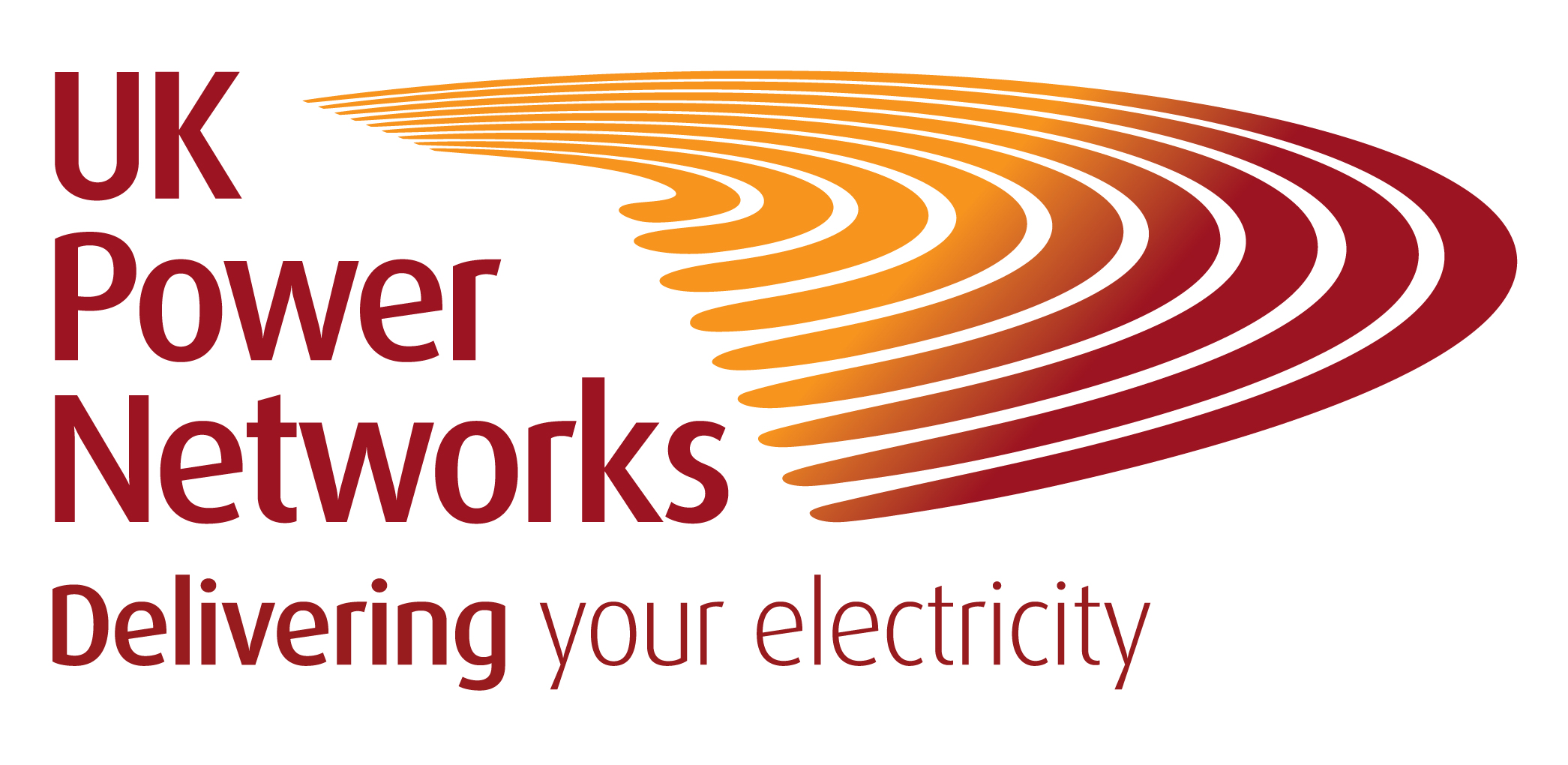The Optimise Prime trials, which have been running since 1st July 2021, consist of three key use cases:
Return-to-Home charging, with Centrica’s British Gas fleet;
Depot charging, with Royal Mail’s delivery vehicles; and
Mixed charging (where EVs charge at a variety of locations) based on analysis of journey data from Uber’s electric private hire vehicles (PHVs) in London)
Across these trials we’ve been collecting journey and charging data from thousands of commercial EVs across the UK in order to build up a clear picture of the potential impact of EV growth on distribution networks. The project is also trialling the effectiveness of new connection and flexibility services that could reduce the need for network reinforcement as a result of the EV transition. The first results of this was shared in our previous deliverable, D4.
Alongside the trial activity the Optimise Prime team is looking at other non-technical aspects of the EV transition, which may impact the speed of EV adoption or the decisions taken by fleet managers. These economic and behavioural issues are the focus of this fifth deliverable. This report should prove valuable to any fleet considering the transition to EVs, highlighting the key steps in the electrification journey and the financial, operational and behavioural aspects that need to be considered for a successful fleet rollout. Behavioural acceptance is key in ensuring that the complex process of change involved in fleet electrification runs smoothly – the large sample of views from drivers in businesses making an early adoption to EVs should provide reassurance in the positive reactions, while highlighting specific areas which cause problems for drivers.
Some of the key lessons for fleets in the report include:
There are a wide range of factors that fleet managers need to consider when transitioning to EVs. Careful planning is essential and must consider business needs, site constraints (both physical and electrical) and the management of changes to business processes. A comprehensive guide based on the experiences of the Optimise Prime partners can be found in Section 2 of the report
At present, whether total cost of ownership (TCO) favours EV or ICEV fleets varies considerably. EV prices are the key determinant of whether EVs make purely economic sense for a fleet, but there are many other factors influencing the cost. The economic cost also needs to be weighed against the clear environmental benefits of EV adoption
After drivers have tried EVs, they feel more positively about the technology and overall drivers have very positive views towards EV adoption
Charging facilities play a key role in giving drivers the confidence that they can fulfil their daily work tasks and lack of charging facilities can be a particular concern for drivers
Drivers who are not happy with their EV generally have broad concerns over a range of technical, organisational, economic, and environmental aspects – there is not a single area that needs to be improved to get them on board
Automating the reimbursement of charge-at-home electricity is necessary for larger fleets and gaining the trust of drivers through clear communication is necessary for the successful implementation of reimbursement solutions
For distribution network operators and regulators this report provides, in addition to the lessons about EV adoption, important learnings about the applicability of flexibility and profiled connections that will be useful in defining plans for the use of time-profiled access rights to improve the efficient use of networks:
While connection costs are not the major driver of electrification costs, they can contribute to making or breaking an investment case which is sometimes finely balanced
Centrica found that installation of home charging slowed their rollout and sometimes required drivers to use public charging as an alternative. This was generally as a result of domestic properties that were already over capacity due to electric heating, or were on looped supplies
Charging facilities play a key role in giving drivers the confidence that they can fulfil their daily work tasks – enabling adequate charging infrastructure is crucial to the successful transition to EVs
Adequate EV load, in proportion to background load, is needed for a successful profiled connection. Controllable EV load needs to be greater than the variation in building load, so whether a site is suitable needs to be considered
Determining an accurate profile is key to being able to adhere to the profile. Profiled connections may need to be refined as more data becomes available. DNOs may need to be flexible to review changes in requirements over time and will have to put in place contractual, operational and technical measures to manage risk
Thanks to regular shift patterns during weekdays, plug-in rates could be accurately predicted with an estimated 95% accuracy during the home trials. This should allow provision of reliable flexibility services. Weekends and holidays remain more challenging to predict due to irregular shift patterns. A 250-300 vehicle fleet should be able to deliver this level of accuracy.
With regard to billing of commercial EV charging at home there are limitations in what can be achieved through a commercial solution at present, because the driver first has to pay the bill and then be reimbursed and companies can’t easily benefit from ToU tariffs. This may benefit from an industry solution
High complexity and the level of automation required to bring down transactional cost make it likely that fleets will participate in the flexibility markets via intermediaries such as aggregators or Charge Point Operators
The trials are due to conclude at the end of June and the next Optimise Prime deliverable, scheduled to be released in the Autumn of 2022, will be a dataset gathered during the Optimise Prime trials which other organisations will be able to use to help plan their response to the EV transition. This will be followed by the final project learnings later in the year. All of the Optimise Prime deliverables can be found on the project website.
Part-funded by Ofgem’s Network Innovation Competition, Optimise Prime is an industry-led electric vehicle innovation and demonstration project that brings together partners from leading technology, energy, transport and financing organisations, including Hitachi Vantara, UK Power Networks, Centrica, Royal Mail, Uber, Scottish & Southern Electricity Networks, Hitachi Europe and Novuna.



















